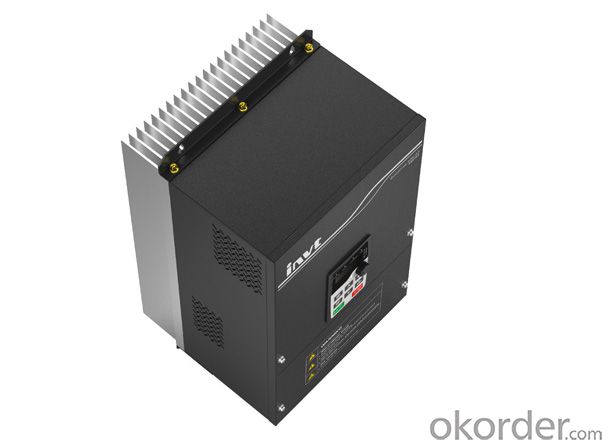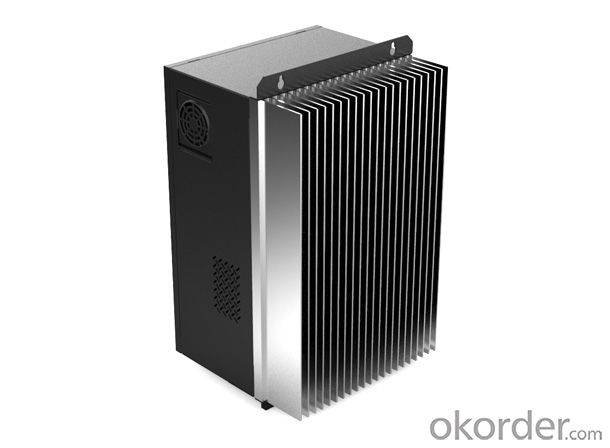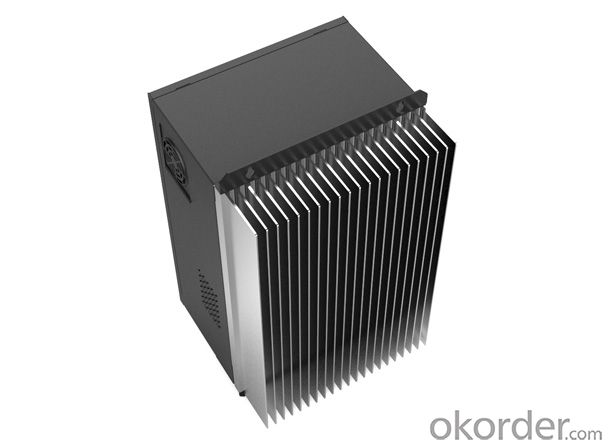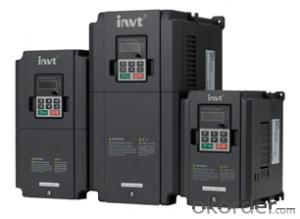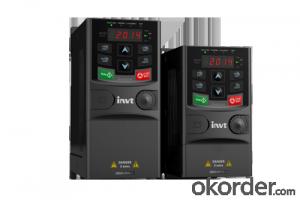Solar Inverter Goodrive300-02 Flange-Mounting Drive with Full Certificate
- Loading Port:
- China main port
- Payment Terms:
- TT OR LC
- Min Order Qty:
- 100 pc
- Supply Capability:
- 10000 pc/month
OKorder Service Pledge
OKorder Financial Service
You Might Also Like
Goodrive300-02 Flange-Mounting Drive with full certificate
Specification
By the design of flange-mounting structure, Goodrive300-02 inverter, a special product developed according to the application features of textile industry, can effectively avoid foreign objects such as cotton fiber, dust and oil causing secondary pollution to the inverter and improve the temperature in the electrical cabinet and air ducts.
Goodrive300-02 inverter uses the design against cotton fiber blockage and it can run reliably for a long term at the high temperature of 50℃.
Futures
Flange-mounting will avoid external cotton fiber, dust and oil causing secondary pollution;
Based on the application features of textile industry, the special design of cooling structure can prevent cotton fiber from covering and blocking the radiator; the fans of electrical circuit are easy to clean and replace;
Metal casing design for all series adopts aluminum radiator in large size, so the inverter can run reliably for a long term at the environment temperature of 50℃;
All series support common DC bus;
Nonstop function at instantaneous power loss;
Standard MODBUS communication, optional Profibus-DP, CANopen and Ethernet communication.
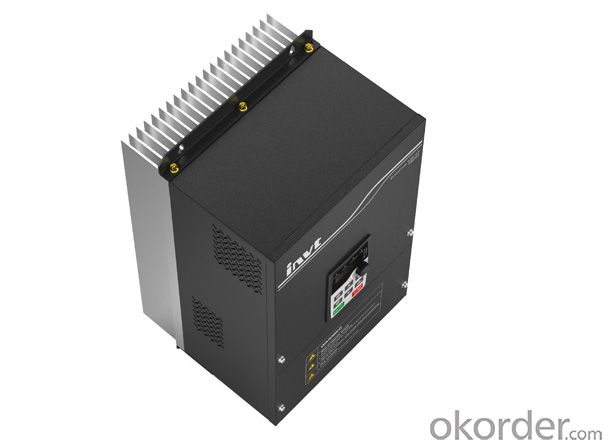
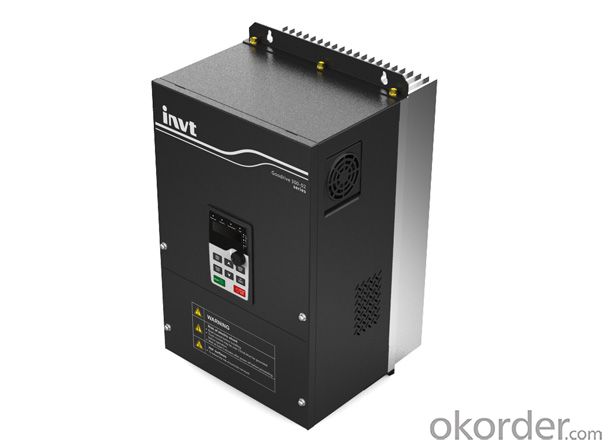
FAQ:
Q: Do you have the CE, TUV, UL Certification?
A: We’ve already passed all the tests, and any certificate is available.
Q: Have you ever sold your products to companies in my country?
A: Of course, we have customers in all general PV markets, but I think we should expand our market share along with the market growth.
Q: When did your company set up? You are a new company, how can I believe your quality?
A: We entered into Solar PV industry in 2005, now we have several plants in manufacturing of a-Si and c-Si panels, and our capacity is 220MW per year. Till now we have already passed all the tests by authorized laboratories, e.g. TUV, CE, UL.
Q: Can you help us install the module if we cooperate with you?
A: We haven’t entered into installation sector, but we have the plan in near future.
Q: How do you pack your products?
A: We have rich experience on how to pack the panels to make sure the safety on shipment when it arrives at the destination.
Q: Can you do OEM for us?
A: Yes, we can.
Q: Can we visit your factory?
A: Surely, I will arrange the trip basing on your business schedule.
- Q: Are there any noise or sound considerations with a solar inverter?
- Yes, there are noise considerations with a solar inverter. While solar inverters typically produce low levels of noise, it is important to ensure that the inverter is placed in a well-ventilated area to avoid any potential fan or cooling system noise. Additionally, some older models of inverters may produce a slight humming sound during operation, although newer models have significantly reduced this noise.
- Q: What is the purpose of a solar inverter in a solar power system?
- The purpose of a solar inverter in a solar power system is to convert the direct current (DC) electricity generated by the solar panels into alternating current (AC) electricity that can be used to power household appliances or be fed back into the grid.
- Q: Are there any electromagnetic interference concerns associated with solar inverters?
- Yes, there are electromagnetic interference (EMI) concerns associated with solar inverters. Solar inverters convert the direct current (DC) generated by solar panels into alternating current (AC) that can be used to power homes and businesses. During this conversion process, high frequency switching occurs, which can generate EMI. EMI refers to the disturbance caused by electromagnetic radiation from electronic devices, which can interfere with the proper functioning of other electronic devices in close proximity. In the case of solar inverters, the EMI generated can potentially affect nearby electronic equipment, such as radios, televisions, or communication systems. To mitigate these concerns, solar inverter manufacturers often comply with relevant EMI standards and regulations. These may include limits on the amount of electromagnetic radiation emitted by the inverters and the use of shielding materials to reduce EMI. Additionally, some inverters incorporate filters or other EMI suppression techniques to minimize the interference created. It is important for solar installers and system designers to consider EMI concerns when selecting and positioning solar inverters. Proper installation and grounding techniques can help reduce EMI issues. Additionally, local regulations and guidelines should be followed to ensure compliance with EMI standards and to minimize potential interference with other electronic devices. Overall, while there are EMI concerns associated with solar inverters, proper design, installation, and adherence to relevant standards can effectively mitigate these concerns and ensure the smooth operation of both the solar system and other electronic equipment in the vicinity.
- Q: Can a solar inverter be used with a solar-powered healthcare system?
- Yes, a solar inverter can be used with a solar-powered healthcare system. A solar inverter is responsible for converting the direct current (DC) generated by the solar panels into alternating current (AC) that can be used to power electrical equipment. Therefore, it is an essential component in any solar-powered system, including healthcare systems, to ensure the efficient and reliable operation of medical equipment.
- Q: Are there any government incentives for installing a solar inverter?
- Yes, there are government incentives available for installing a solar inverter. Many countries offer tax credits, grants, or subsidies to promote the use of renewable energy sources like solar power. These incentives aim to encourage homeowners and businesses to adopt solar energy systems, including solar inverters, by offsetting the initial installation costs and promoting sustainability. It is advisable to check with local authorities or consult renewable energy organizations to understand the specific incentives available in your region.
- Q: How does a solar inverter handle low light conditions?
- A solar inverter handles low light conditions by continuously monitoring the amount of sunlight received by the solar panels. When light levels drop, the inverter adjusts its operation to maximize power output by optimizing the voltage and current levels. It uses advanced algorithms and power electronics to convert the available sunlight into usable electricity efficiently, ensuring that even in low light conditions, the solar system continues to generate power.
- Q: What are the safety features in a solar inverter?
- Some of the safety features in a solar inverter include over-voltage protection, under-voltage protection, over-current protection, short-circuit protection, and ground-fault protection. Additionally, many modern inverters also have built-in monitoring systems that can detect and alert users to any potential issues or malfunctions.
- Q: What is the role of a solar inverter in reactive power compensation during grid disturbances?
- The role of a solar inverter in reactive power compensation during grid disturbances is to regulate and manage the reactive power flow between the solar panel system and the grid. During grid disturbances, such as voltage fluctuations or power factor variations, the solar inverter helps maintain a stable and balanced flow of reactive power, ensuring efficient and reliable operation of the solar panel system while minimizing the impact on the grid.
- Q: What are the key factors affecting the installation process of a solar inverter?
- The key factors affecting the installation process of a solar inverter include the site location and orientation, electrical wiring and connections, proper grounding, adequate ventilation and cooling, and compliance with local regulations and safety standards. Additionally, the choice of mounting structure, the proximity to the solar panels, and the availability of a reliable power supply are also important factors to consider during the installation process.
- Q: Can a solar inverter be used with building-integrated photovoltaics (BIPV)?
- Yes, a solar inverter can be used with building-integrated photovoltaics (BIPV). BIPV systems are designed to seamlessly integrate solar panels into the building structure, providing both energy generation and architectural functionality. Solar inverters play a crucial role in BIPV systems by converting the direct current (DC) produced by the solar panels into alternating current (AC) that can be used to power electrical devices in the building or fed back into the grid.
Send your message to us
Solar Inverter Goodrive300-02 Flange-Mounting Drive with Full Certificate
- Loading Port:
- China main port
- Payment Terms:
- TT OR LC
- Min Order Qty:
- 100 pc
- Supply Capability:
- 10000 pc/month
OKorder Service Pledge
OKorder Financial Service
Similar products
Hot products
Hot Searches
Related keywords





